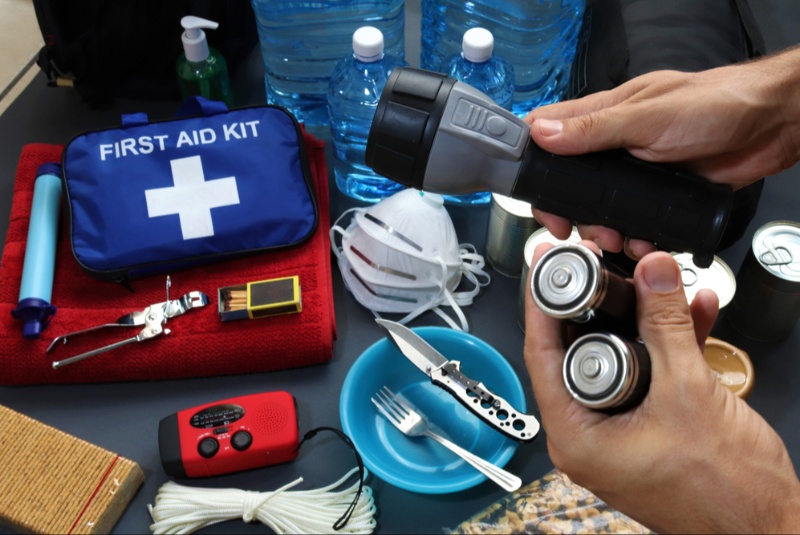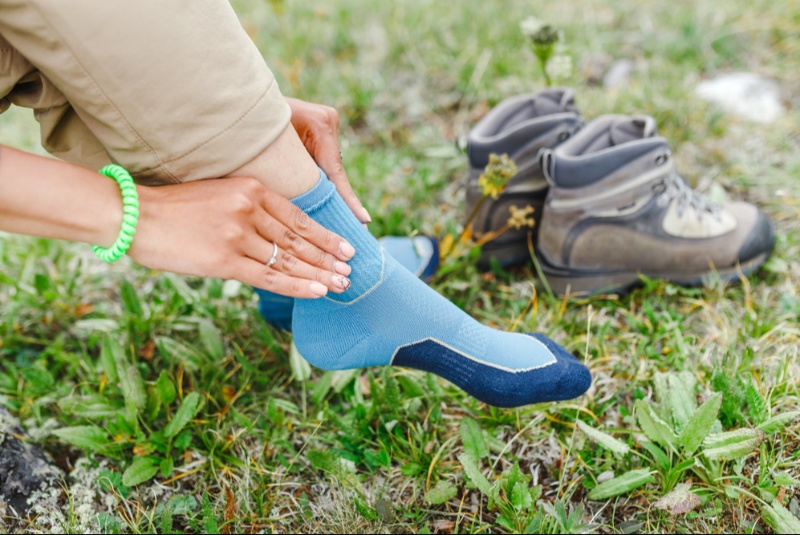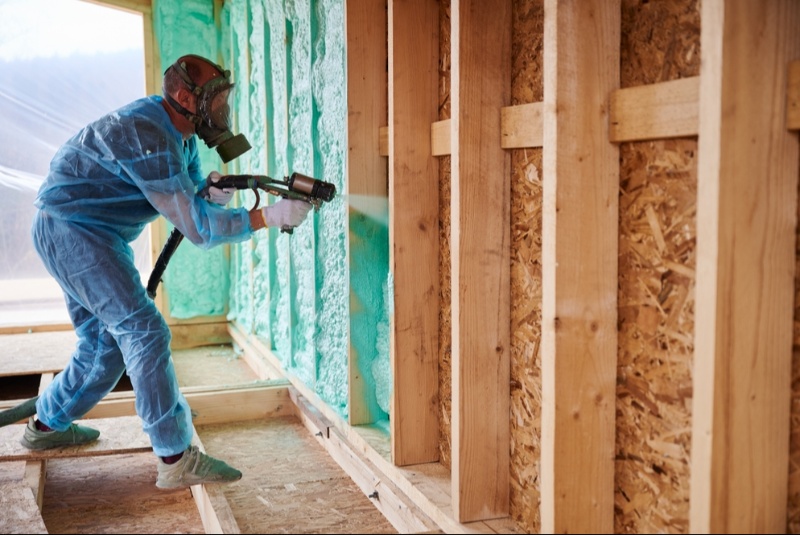When an emergency strikes, the right tools can make all the difference. A reliable flashlight is a cornerstone of any emergency kit, offering not just illumination but also a sense of safety and security in unpredictable situations. Selecting the best flashlight for emergency use requires understanding key features that differentiate a mere light source from a lifesaver. This guide will walk you through the essentials to consider when choosing a flashlight for emergency situations.
Assess the Brightness
Brightness, measured in lumens, is a critical factor in selecting an emergency flashlight. For emergency situations, a flashlight with at least 300 to 1000 lumens is recommended. This range provides sufficient brightness for navigating dark environments without overwhelming glare. However, it's also beneficial to have a flashlight with adjustable settings, allowing you to conserve battery life or increase brightness according to the situation.
Durability and Build Quality
In emergencies, your flashlight might be subjected to rough handling, drops, and exposure to water. Look for flashlights made from high-strength materials like anodized aluminum or impact-resistant plastics. Waterproofing or water resistance, often rated by the IPX system, is crucial for reliability in all conditions. A flashlight with a high IPX rating (IPX7 or IPX8) can withstand immersion, making it ideal for severe weather emergencies.
Battery Life and Type
Battery type and life play a pivotal role in the reliability of your emergency flashlight. Options include disposable batteries (like AA or AAA), rechargeable batteries, or even hand-cranked flashlights. Rechargeable flashlights can be more economical and environmentally friendly, but in situations where charging isn’t possible, having a flashlight that operates on disposable batteries can be a lifesaver. Consider flashlights with a dual power option or those that use commonly available battery types.
Size and Weight
The ideal emergency flashlight strikes a balance between size and usability. It should be lightweight and compact enough to fit in an emergency kit, glove compartment, or backpack without sacrificing performance. Handheld flashlights are versatile, but consider also headlamps for hands-free operation, which can be invaluable when you need to navigate or work in the dark.
Beam Type and Range
The beam type determines how the light is distributed. For emergency purposes, a flashlight with an adjustable beam can be highly versatile, offering the option to switch between a wide flood beam for illuminating large areas and a focused spot beam for long-distance visibility. The beam range, indicating how far the light can shine, is also essential. A longer range can be beneficial for signaling or searching in wide-open spaces.

Additional Features
Modern flashlights come equipped with various additional features that can be useful in emergency situations:
- Strobe or SOS Modes: For signaling in emergencies.
- Red Light Mode: To preserve night vision.
- USB Charging Capability: Allows you to recharge the flashlight or other devices.
- Clip or Lanyard: For easy attachment and accessibility.
Reliability and Brand Reputation
In emergencies, reliability is non-negotiable. Research brands with a reputation for quality and durability in their products. Reading reviews and testimonials can provide insights into how flashlights perform in real-world emergency situations. Brands that offer warranties or have a history of positive customer service are often more trustworthy.
Price Considerations
While you shouldn’t compromise on safety for the sake of saving a few dollars, there is a wide range of prices for emergency flashlights, and not all expensive models are superior. Set a budget, but be prepared to invest in a flashlight that offers the right combination of features and reliability. Remember, a high-quality emergency flashlight is an investment in your safety.
Testing Before an Emergency
Once you've selected a flashlight, familiarize yourself with its functions and features. Regularly test the flashlight and batteries to ensure they are in working order and replace or recharge batteries as needed. Practicing with your flashlight will make you more prepared to use it effectively in an emergency.
Optimize Your Emergency Kit with Versatile Tools
Including a flashlight in your emergency kit is a fundamental step, but optimizing your kit with versatile tools can significantly enhance your preparedness for any situation. Tools like a multi-tool or Swiss Army knife, a portable power bank, a water purification device, and a durable whistle complement the functionality of your flashlight, providing solutions for a variety of challenges. The multi-tool can assist in minor repairs or in navigating through debris, while the power bank ensures your electronic devices remain charged even when power outlets are unavailable. A water purification device guarantees access to clean drinking water, a critical need in many emergency scenarios. Together, these tools create a comprehensive emergency kit that prepares you for a wide range of situations, extending beyond the mere need for illumination provided by a flashlight.
The Importance of Regular Maintenance for Emergency Equipment
Maintaining your emergency equipment, especially flashlights, is crucial to ensure they function when needed most. Regular maintenance includes checking battery levels and expiration dates, ensuring all components are free from corrosion, and verifying that the flashlight and other gear are in good working order. For rechargeable flashlights, periodically charging the battery and checking for any wear and tear on charging cables is essential. Additionally, inspecting waterproof seals and testing the functionality of additional features, like strobe or SOS modes, can prevent potential failures during critical moments. This proactive approach ensures that your emergency tools remain reliable and effective, providing peace of mind and readiness for any situation.
Choosing the right flashlight for emergency use involves a careful consideration of several factors including brightness, durability, battery life, size, and additional features. By selecting a reliable, high-quality flashlight, you ensure that you’re better prepared for whatever challenges may arise. Remember, in an emergency, a good flashlight is not just about seeing—it's about survival.




